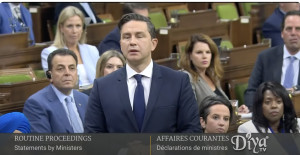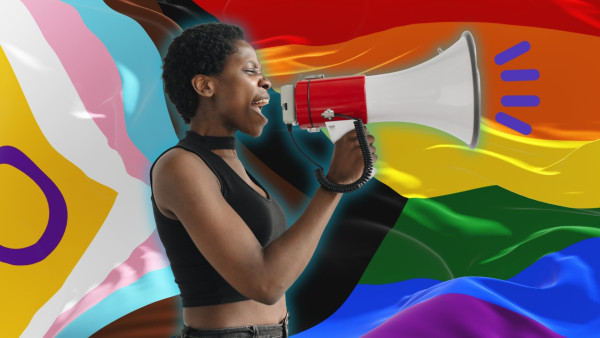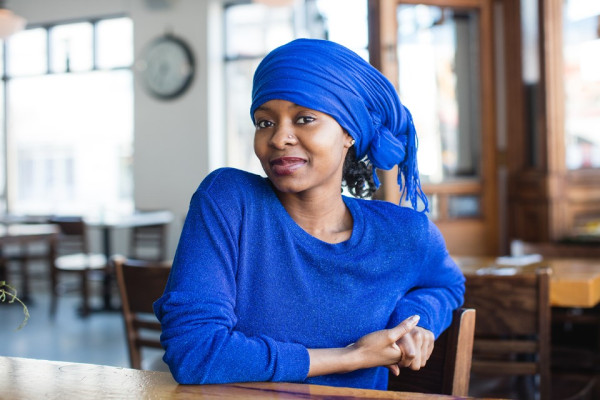Through speaking with her, It's become all too clear how little students like her are getting out of their education, and also how the pandemic has affected their emotional and social intelligence.
There are many names for our current system of education. Some say traditional, industrial or simply boring. But to get our heads around what this sort of paradigm means for our kids, we can look at the banking model of education. The banking model of education refers to a concept coined by Paulo Freire in his book “Pedagogy of the Oppressed”. In this model, students are seen as passive recipients of knowledge, and teachers are viewed as depositors of information.
In my last article, I spoke about the ‘back to basics’ approach the Ontario government is pushing in schools, as opposed to the equity-centred model popularized in the mid-2000s. While a back-to-basics model would reduce the focus on equity and diversity in education, it wouldn't fix the problems kids like my cousin know exist in education. Without challenging the Eurocentric roots of the banking model in education kids will lose all their potential, creativity, and mental health.
The pandemic simply reminded us what skills kids are lacking: mental resilience, technological know-how and community connectivity. But a growing movement of Black educators and innovators is trying to change that, and it all starts with our history.
African Knowledge Systems
In the 1980s an ethnomathmatician named Ron Eglash was studying aerial photos of a tribe in Tanzania and saw a peculiar arrangement of shapes amongst the people's homes. What he found may be one of the greatest anthropological finds of the past century. The era around the village was surrounded by built circular shapes, encircling more circles in a constant pattern. His work in mathematics made him familiar with this sort of geometric sequencing as fractalism, but he was shocked to find it in rural Africa. His team spent the decade tracking these shapes and found similar patterns using fractal geometry in several places across Black Africa in ways that did not exist outside the continent. According to the American Physical Society:
“He (Eglash) found numeric systems which employed recursion, similar to the pseudo-random number generation in computers.”
{https://www.youtube.com/watch?v=nGA7zfHGpeU}
To translate, Eglash found anthropological evidence including artworks, monuments and oral histories, that are based on computational algorithms known as fractals. Fractals are never-ending patterns that exist in between our familiar dimensions. They can be seen in natural phenomena such as trees, rivers, coastlines, mountains, clouds, seashells, and hurricanes.
Eglash's work takes what was then, and even now, a brand-new way of understanding our world, and properly gives credit to the centuries of African civilizations that have used fractals in their Indigenous knowledge systems. More than an equation, fractals, and their history of Blackness provide a road map to educate everyone.
Fractal Education
When Eglash started to study the history of fractal mathematics in Africa he did not find random tribespeople playing with fun shapes, but a whole knowledge system unknown to the rest of the world. Based on shapes that are similar and repeating, but in smaller sequences, fractals have been found in West, South, and East Africa in art, politics, planning and more.
Moreover, the same fractals have survived the centuries of slavery and colonialism. The recurring and self-similar shapes Eglash saw in Tanzania, are part of a cultural legacy seen today in Black hairstyles across the diaspora. Not only do cornrows touch back to a long Black history, but they follow the same mathematical principles as other fractals, making them the perfect teaching tool to connect the lived experience of Black kids, to geometry and mathematics.
Black STEM
Doug Ford’s ‘Back to Basics’ approach is set to disincentivize social sciences, humanities, and arts to focus on mathematics and science.
But before the advent of modern science in Europe, most cultures did not make a distinction between science, religion, arts, and games. The reality was one subject could not be removed from another, and they worked best together. Games especially are great ways to teach kids skills that can be applied elsewhere.
Through his studies, Eglash found a game in East Africa called ‘tarumbeta’. The game is a guessing game, where beads are laid out in a triangular fashion based on nonlinear counting (so a triangle of 3 beads, then 6, 10, 15 etc). Players must then decide how many beads opposing players have picked from a triangle without looking at it. According to Eglash, this game is perfect for teaching nonlinear geometry to both young kids and older youth.
The growth of makerspaces (STEM-based education spaces) is a form of play and learning where kids can build robots or make lights while understanding how they are formed through science and math. Expanding this idea to teach fractals through design could be an important tool for Black children especially.
Eglash, in partnership with Audrey G. Bennett University Diversity and Social Transformation Professor at the University of Michigan, has worked together to create interactive computer programs and simulations that we call culturally situated design tools, or CSDTs.
These tools take cultural practices like cornrowing or henna and map them through digital software. Through the algorithms that define these designs, students can then learn to quantify the qualities present in their cultures, and cultures from around the world.
Diaspora Histories
Hair as education is an interesting idea in the STEM world, but it also has lots to say about how history shapes us and connects us together. Eglash is careful to point out how names of hairstyles have changed, but the underlying mathematics has not:
“The figure shows conformal mapping in the hairstyle Americans call “cornrowing”, the Yoruba name for it is Ipaka Elede, which means ‘nape of the neck of the boar’ because a boar shows similar nonlinear scaling”
Ancient Ethiopian churches also show fractal designs as the cross designs repeat on top of the Orthodox churches carved out of one stone. It is a great introduction to one of the world's longest civilizations and is a great history to follow the advent of Christianity, and its initial interactions with African ideals.
You could make a whole curriculum on hair that touches history, math, and humanities. Imagine how this would re-engage Black kids who feel disconnected from lessons.
Community Learning
Fractals are such a powerful tool because they are in a sense natural. The recursive shapes, like we see in cornrows, allow a degree of flexibility and growth in systems that do not exist in textbook geometry. Beyond hair, geometry is also used in urban planning. In cities like New York and Toronto, flat, two-dimensional street design has created urban geographies defined by straight lines and rectangular blocks. This has created several deficiencies including horrid transportation corridors, inefficient land use and lack of connectivity. With straight streets and rectangle blocks, our buses get trapped on a singular route, traffic builds at intersections and services like parks are not equitably accessible.
Comparably large, medieval cities like Edo, in modern-day Nigeria used fractals to guide urban planning. By laying out neighbourhoods in radial patterns from the most important centres, different communities could access all spaces equally, and it imbued the city with a system of community guilds that worked independently and cooperatively. The design was also part of the Benin Walls, the largest pre-industrial earthworks in the world.
By taking kids from their classrooms into their communities they can see the faults of textbook geometry in action. By explaining what geometric rules exist in their neighbourhoods youth can connect how their environment impacts their mental health.
Deeper the Roots
A major element of the fractal model of education hinges on bringing kids outside the classroom to learn in a community setting. By engaging with your community through education, students can connect studies like fractions, geology, and economics to real-world situations.
I was lucky enough to become a community educator who could do just that with WalkTO.
WalkTO aims to give kids as far as Collingwood and Oakville an understanding of the social issues that define their communities. It was founded in 2010 by a teacher and a journalist who aimed to show students the world, in a way that intersects with what they are learning. I sat with the current director Terrence Eta, to talk about the program, which walks schoolkids through neighbourhoods like Kensington Market, Regent Park & Waterfront to talk about Indigenous history, ecology and social justice.
“They're intended to be immersive, and just connect to what it is they might be doing in class. And we talk about walking through the classroom and experiencing the soul of the city,” said Terrence in our interview.
From personal experience, I can attest to the power the program provides. One of the most impactful stops is a mural of De’Andre Campbell, a young Black man shot by the cops after a mental health episode. The light in my heart when a little Black boy comes and asks me more about De’Andre makes me believe that kids want to learn. It is not just a tour, but a way for community experts to share their experience and give kids a grander idea of their urban community beyond TDSB guidelines.
In this way and many others fractal education, as content and form of content, can help kids engage in a system they do not feel is useful. And for our community, it is long proof that our history comes from somewhere and can take us anywhere.
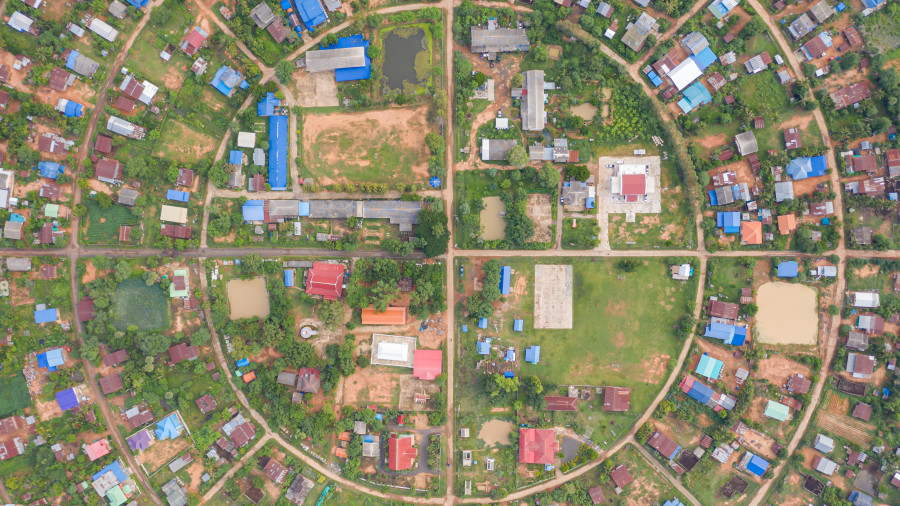
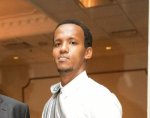 By
By 




